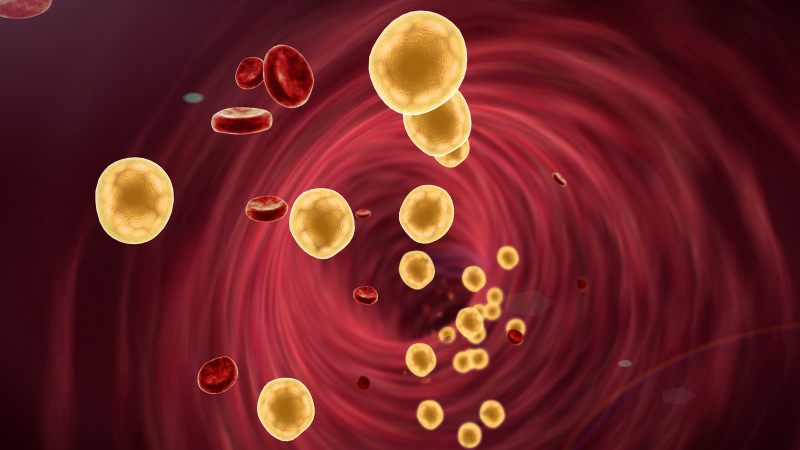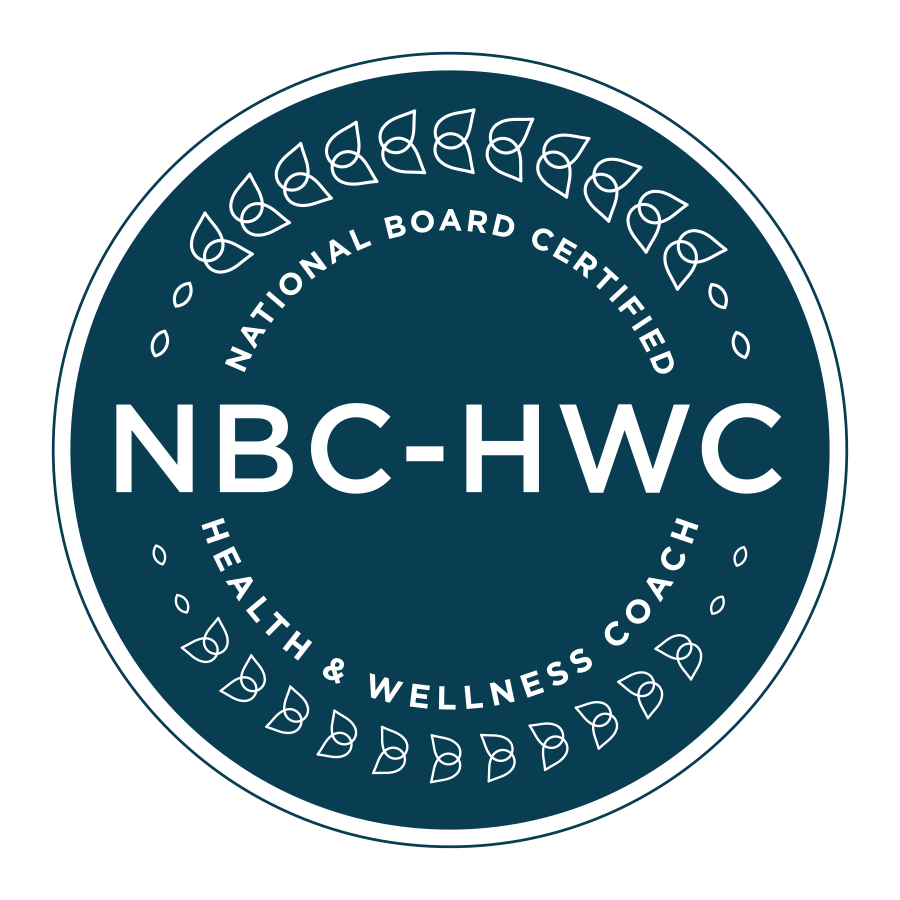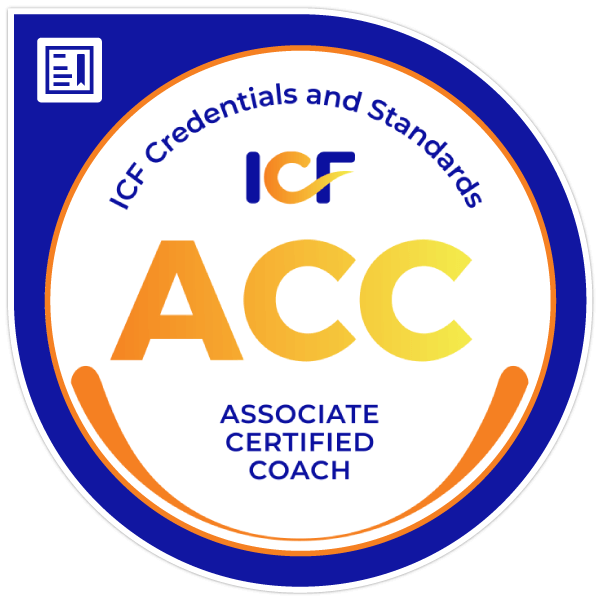Cholesterol is a steroid necessary for the maintenance of the body’s cells. Cholesterol also plays a role in the manufacture of female and male hormones. “The fact is that cholesterol, unless it is oxidized, is a valuable nutrient that the body has to manufacture everyday in order to help build the membrane of new cells that we must continually form to replace dead and dying cells,” says Garry F. Gordon, M.D., of Payson, Arizona, co-founder of the American College of Advancement in Medicine.
Cholesterol levels are determined by measuring blood levels of lipoproteins (proteins that carry fat in the bloodstream), including high-density lipoproteins (HDL) and low-density lipoproteins (LDL) and triglycerides. These lipoproteins are Nature’s perfect Band-Aid and are extremely sticky. HDL is referred to as “good” cholesterol and LDL as “bad” cholesterol. Experts say that a total cholesterol number of 200 and above with an elevated level of LDL cholesterol is associated with an increased risk of heart disease. However, LDL cholesterol only becomes harmful after it has been oxidized from being exposed to free-radicals. Studies show that free radicals are brought into the body via cigarette smoke, pollution, smog, rancid hydrogenated polyunsaturated vegetable oils (processed with high heat and chemicals for long shelf life). These oils are most commonly found in prepared, processed foods found in grocery stores and restaurant chains. Free-radicals are known to damage artery walls, provoking repair of the artery walls by Natures Band-Aid, lipoprotein. The need for ongoing repairs of leaky artery walls produces an overcompensation of repair materials such as cholesterol, triglycerides and the sticky low-density lipoprotein, LDL. Problems occur as the plaque builds up. HDL can take cholesterol out of the arteries and put it back in the liver where it belongs. The higher the HDL levels, the lower the risk of heart disease and stroke.
High triglyceride levels can also increase coronary artery disease and heart attack. An optimal triglyceride level is 150 mg/dL or less, while a level between 150 and 200mg/dL is borderline high.
Maintaining a healthy cholesterol level is a balancing act and a matter of managing oxidation and inflammation through proper nutrition and antioxidants. The campaign launched by the pharmaceutical industry pushing statin drugs was designed to create a “high cholesterol phobia” and generate billions of dollars for Big Pharma.
Reversing heart disease and increasing HDL cholesterol levels is much easier than one may think and can be done without toxic statin drugs. Specifically, studies have all shown that high triglyceride levels can also be reversed through dietary changes. Reducing “certain types of carbohydrates can lower triglyceride levels by as much as 20 percent,” says William Borden, M.D. , a cardiologist and assistant professor of medicine at Weill Cornell Medical College. Eating less or no simple and processed carbohydrates, such as found in soft drinks, fruit drinks, baked goods, and pastas and breads made from refined white flour, can reduce triglyceride levels. “In exchange for these carbs, substitute lean protein( fish, turkey, and chicken), carbohydrates that higher in fiber (vegetables and beans), and breads and pastas made from whole grains,” says Dr. Borden.
The following guidelines apply to all of us who want dispel the “danger of high cholesterol myth”, reduce the risk of heart disease and increase our life span:
 Avoid rancid hydrogenated polyunsaturated vegetable oils, including margarine and spreads
Avoid rancid hydrogenated polyunsaturated vegetable oils, including margarine and spreads
Take Vitamin C (600mg 3g), along with Vitamin E (800-1,000iu) daily- Use Coconut Oil (organic and unrefined)
- Increase intake of Omega 3 Oils – (oily fish such as mackerel, herring, salmon and tuna)
- Take an antioxidant supplement including vitamin B3 (niacin) 500-1,000mg
- Eat seeds high in vitamin E, essential fats, and minerals
- Restrict consumption of foods with added salt. Use unrefined Real Salt or Celtic Salt
- Don’t Smoke, keep fit and avoid prolonged stress
- Take a B- Complex supplement that include B6, B12 and Folate
- Take a magnesium, garlic and hawthorn berry supplement if you have high blood pressure
- Eat fruit, which contains fiber and slows the rate at which fructose is broken down, rather than drinking juice
- Decrease your total carbohydrate intake, especially from foods that contain simple and processed carbs
- Limit alcohol intake to one drink per day for women, two per day for men, excess alcohol consumption can raise triglycerides
- Get moderate intensity aerobic exercise 30 minutes per day at least five days a week
- Lift weights at least twice a week. Research shows that resistance training can also reduce high cholesterol levels
Resources:
Holford, Patrick. The New Optimum Nutrition Bible. Austin: Crossing Press, 2004.
Day, Phillip. Health Wars. Tonbridge: Credence Publications, 2007.
Ellison, Shane. Over- the- Counter Nature Cures. Naperville: Sourcebooks Inc, 2009.
Women’s Nutrition Connection. “Tackle High Triglycerides with Diet.” New York: Weill Cornell Medical College, volume 0C.



